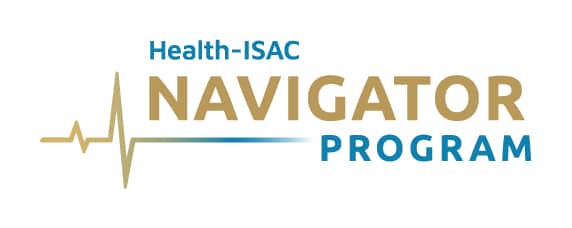Hello, cybersecurity enthusiasts! Brian Ahern here, CEO of CyberMaxx, with another roundup of my most recent LinkedIn posts.
Over the last few weeks, I’ve shared key cybersecurity insights and industry updates to help you stay resilient against today’s security challenges. And with a continued focus on educating our customers, partners, and other stakeholders, we want to give you a one-stop shop to access some of this valuable information.
So, without further ado, here’s a brief summary of each post, plus links to access the full content.
Cybercrime is Plaguing Title Companies. It’s Time for MDR.
Posted in mid-June, I shared cybercrime statistics published by the American Land Title Association (ALTA). The trends showed that cybercrime attempts against title companies have increased over the last year, but the industry is simultaneously more prepared. The emphasis is on the importance of a robust 24x7x365 Managed Detection & Response (MDR) provider, like CyberMaxx, for title companies to stay vigilant against the growing threats.
I welcome a discussion with the ALTA president on how a modern MDR is in the best interest of ALTA members.
Check out the full LinkedIn post here.
XDR Players Are Committed to Market Dominance. So, What is the Future of SIEM?
Posted on June 27th, I highlight a Forrester article that makes a bold claim: Extended Detection & Response (XDR) providers see their service as replacing traditional security information and event management (SIEM) systems. Despite XDR not fulfilling the compliance, federated search, and customization capabilities of SIEM, the entire market still shows tremendous promise.
This led me to introduce CyberMaxx as a platform-agnostic company that can provide Managed Detection & Response (MDR) without forcing customers to choose between proprietary XDR and SIEM tools. We combine expertise with robust XDR and SIEM vendor partnerships to deliver better security outcomes using tech stacks already deployed by customers.
And because XDR has made strides through heavy investments to broaden its capabilities and ultimately replace SIEM, I explore the big question: What is the future of the SIEM market? Will it be a long SIEM and XDR integration journey, or will we see a fast migration over the next five years?
Check out the full LinkedIn article here.
IoMT Vulnerabilities Continue Putting Patients At Risk.
Posted on July 1st, I discuss the progression of the Internet of Medical Things (IoMT) devices. While this technology has enhanced patient monitoring, provided a better experience, and boosted medical outcomes, it frequently comes with vulnerabilities we can’t overlook, especially when it can put healthcare data and patient safety at risk if compromised.
I then outline the specific vulnerabilities within IoMT devices. These include inadequate security measures, data privacy concerns, and a lack of authentication controls. There are also general network vulnerabilities when connected to other apps and IT systems on a healthcare network. Finally, IoMT has compatibility issues where devices use outdated software and security controls if hospitals still run on legacy systems.
Check out the full LinkedIn article here.
Hope is Not a Cybersecurity Strategy. Safeguarding Your Digital Fortress is.
In my LinkedIn post on July 2nd, I describe how cybersecurity cannot just be a buzzword thrown around by companies. When it comes to avoiding cyber-attacks that could disrupt business operations and have societal impacts, “HOPE IS NOT A STRATEGY.”
I explain the three key pillars to “reinforce your digital fortress”: Employee education and training, multi-layered defense systems, and incident response planning. Finally closing with a reminder that cybersecurity is a shared responsibility requiring continuous vigilance and proactive measures.
Check out the full LinkedIn article here.
Why MDR Offers Better Value Than MSSP
Published on July 3rd, I examined a growing topic in the cybersecurity industry: Which is better, managed security service providers (MSSPs) or managed detection & response (MDR)?I take a firm stance, explaining that MDR offers better value than MSSP. Why? For one, it focuses more on proactive threat detection and response — helping spot threats faster and reduce their overall impact. MDR is heavily tailored to a customer organization’s specific needs (tech stack, compliance demands, network design, etc.). Finally, MDR is a more cost-effective security operation with scalability and flexibility you can’t find in MSSP engagements.
In the end, I did clarify that MSSPs still play a role in managing and protecting IT environments, but MDR offers a unique value for proactive threat detection.
Check out the full LinkedIn article here.



